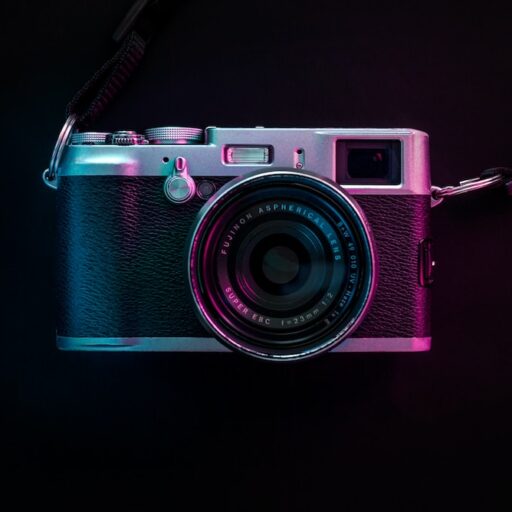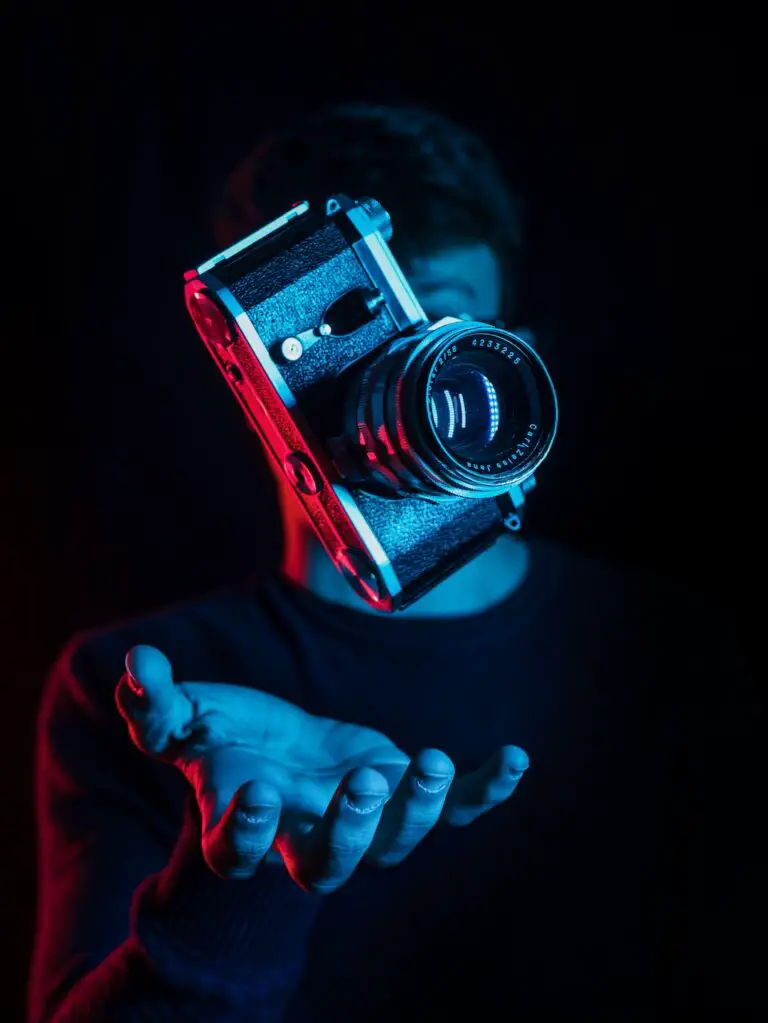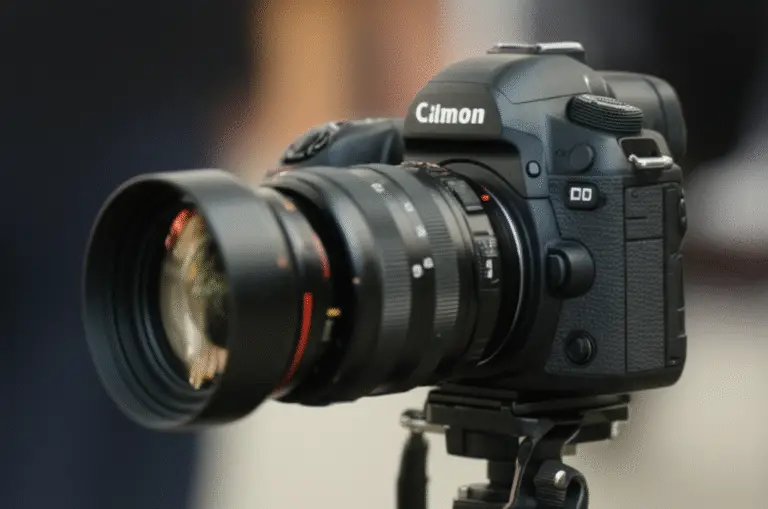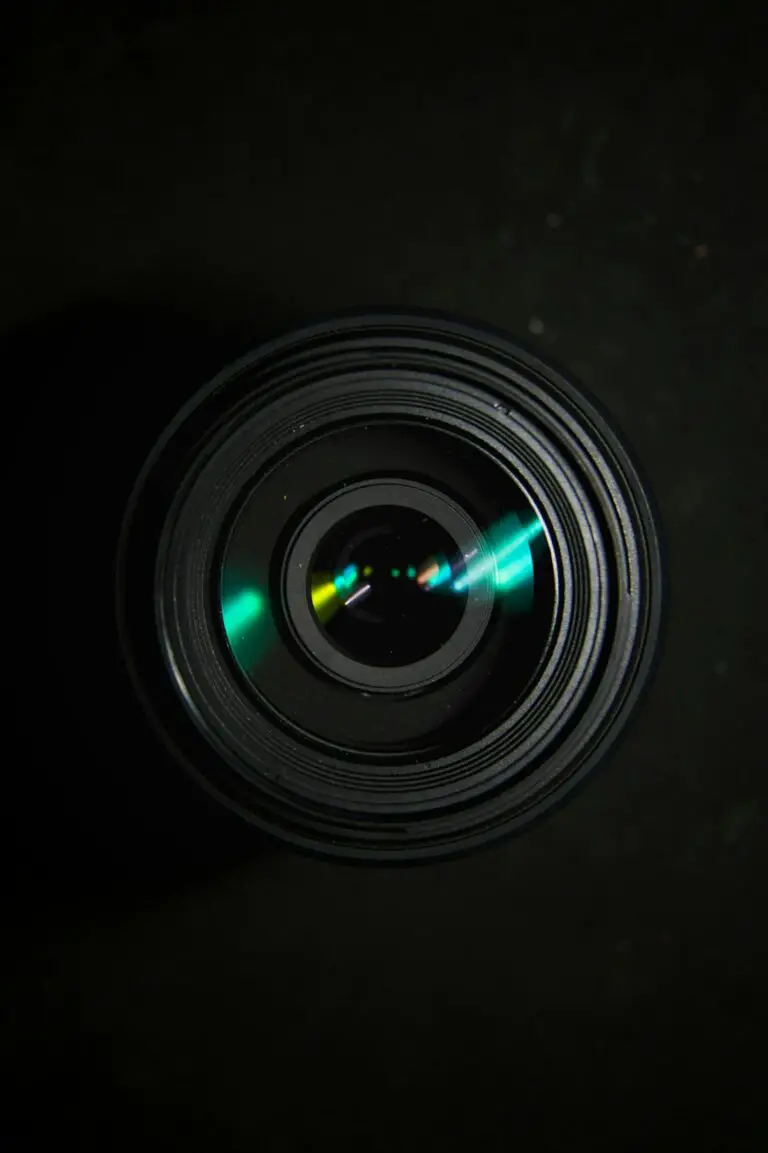Support our educational content for free when you purchase through links on our site. Learn more
The 10 Oldest Camera Brands That Shaped Photography 📸 [2025]
When you think of photography, do you ever wonder about the legacy behind the lenses? The oldest camera brands have not only captured moments but have also shaped the very essence of how we document our lives. From Kodak’s revolutionary roll film to Leica’s luxurious craftsmanship, these brands have a rich history that intertwines with the evolution of photography itself. Did you know that Kodak was the first to make photography accessible to the masses with their iconic Brownie camera in 1900? This article dives deep into the fascinating stories of these brands, exploring their innovations, challenges, and the impact they’ve had on modern photography.
Join us as we take a nostalgic journey through time, highlighting the top ten oldest camera brands that have left an indelible mark on the world of photography. Whether you’re a seasoned pro or just starting your photographic journey, understanding these brands will enrich your appreciation for the craft.
Key Takeaways
- Legacy of Innovation: The oldest camera brands, such as Kodak and Leica, pioneered technologies that transformed photography.
- Cultural Impact: These brands made photography accessible to the masses, influencing how we capture memories.
- Adaptation to Change: Many of these brands successfully transitioned from film to digital, showcasing their resilience.
- Collectible Treasures: Vintage cameras from these brands are not only functional but also highly sought after by collectors.
Ready to explore the world of photography? 👉 Shop the latest cameras from these iconic brands:
Dive into the history and legacy of these remarkable brands and discover how they continue to influence the art of photography today!
Table of Contents
Quick Tips and Facts
History of the Oldest Camera Brands
1. Kodak: The Pioneer of Photography
2. Canon: From Film to Digital Revolution
3. Nikon: The Legacy of Precision
4. Leica: The Luxury of Craftsmanship
5. Pentax: The Versatile Innovator
6. Olympus: The Compact Camera Champion
7. Minolta: The Forgotten Innovator
8. Fujifilm: The Film to Digital Transition
9. Hasselblad: The Medium Format Master
10. Rolleiflex: The Twin Lens Reflex Icon
The Evolution of Camera Technology
Impact of Oldest Camera Brands on Modern Photography
How to Choose a Camera from Established Brands
Future of Photography: Lessons from the Oldest Brands
Conclusion
Recommended Links
FAQ
Reference Links
Quick Tips and Facts
- Oldest Camera Brands: Some of the most iconic brands like Kodak, Canon, and Leica have been around for over a century! 📸
- First Instant Camera: The Polaroid Model 95, launched in 1948, was the world’s first instant camera! Talk about a game-changer! 🎉
- Medium Format Master: The Hasselblad 1600F, introduced in 1948, set the standard for medium-format photography. 📷
- 35mm Revolution: The Leica I, released in 1925, popularized the 35mm film format, making photography more accessible. 🌍
- Digital Transition: Brands like Fujifilm and Canon have successfully transitioned from film to digital, showcasing their adaptability. 🔄
History of the Oldest Camera Brands
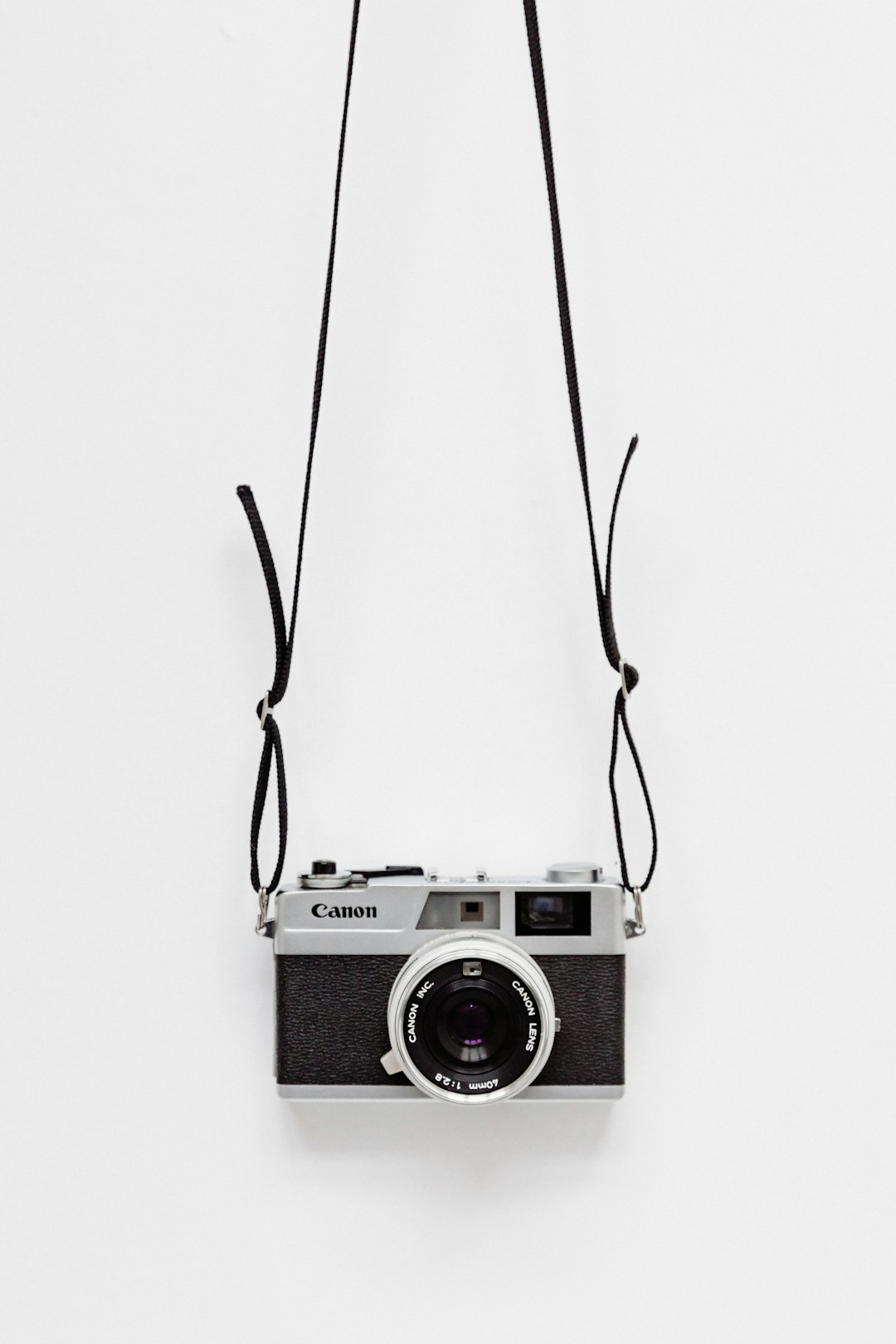
The journey of photography is as fascinating as the images it captures! The oldest camera brands have not only shaped the industry but have also influenced how we document our lives. From the early days of the camera obscura to the digital age, these brands have evolved remarkably.
The Birth of Photography
- Camera Obscura: The precursor to modern cameras, this device dates back to the 5th century BC! It projected images through a small opening. 📜
- Daguerreotype: Introduced in 1839 by Louis Daguerre, this was one of the first practical photographic processes.
The Rise of Iconic Brands
- Kodak: Founded in 1888 by George Eastman, Kodak revolutionized photography with the introduction of roll film. The slogan “You press the button, we do the rest” made photography accessible to everyone.
- Leica: Established in 1914, Leica’s compact design and 35mm format changed the way photographers approached their craft.
For a deeper dive into the history of cameras, check out this article.
1. Kodak: The Pioneer of Photography
| Aspect | Rating (1-10) |
|---|---|
| Design | 9 |
| Functionality | 8 |
| Innovation | 10 |
| Legacy | 10 |
Overview
Kodak is synonymous with photography! Founded in 1888, it was the first company to mass-produce cameras and film. Its Brownie camera made photography accessible to the masses, leading to a photography boom in the early 20th century.
Features and Benefits
- User-Friendly: Kodak cameras were designed for everyone, not just professionals.
- Innovative Film Technology: Pioneered roll film, which was a game-changer for photographers.
Drawbacks
- Digital Transition: Kodak struggled to adapt to the digital age, leading to bankruptcy in 2012. However, they are still a significant player in the printing and imaging market.
For more on Kodak’s legacy, visit Kodak Official Website.
2. Canon: From Film to Digital Revolution
| Aspect | Rating (1-10) |
|---|---|
| Design | 8 |
| Functionality | 9 |
| Innovation | 9 |
| Legacy | 9 |
Overview
Canon was founded in 1937 and quickly became a leader in camera technology. They were one of the first to embrace digital photography, producing the Canon EOS series, which remains popular today.
Features and Benefits
- Versatile Range: From compact cameras to professional DSLRs, Canon offers something for everyone.
- Innovative Technology: Canon was among the first to introduce autofocus and digital SLRs.
Drawbacks
- Price Point: Some Canon models can be on the pricier side, which may deter entry-level photographers.
Explore Canon’s offerings at Canon Official Website.
3. Nikon: The Legacy of Precision
| Aspect | Rating (1-10) |
|---|---|
| Design | 8 |
| Functionality | 9 |
| Innovation | 8 |
| Legacy | 9 |
Overview
Founded in 1917, Nikon is known for its precision optics and durable cameras. The Nikon F, introduced in 1959, was the first SLR to gain widespread popularity among professionals.
Features and Benefits
- High-Quality Lenses: Nikon is renowned for its lens quality, making it a favorite among professional photographers.
- Robust Build: Nikon cameras are built to withstand tough conditions, perfect for outdoor photography.
Drawbacks
- Learning Curve: Some users find Nikon’s interface less intuitive compared to competitors.
Check out Nikon’s latest models at Nikon Official Website.
4. Leica: The Luxury of Craftsmanship
| Aspect | Rating (1-10) |
|---|---|
| Design | 10 |
| Functionality | 9 |
| Innovation | 8 |
| Legacy | 10 |
Overview
Leica has been synonymous with luxury and precision since 1914. Their cameras are often seen as status symbols, thanks to their impeccable craftsmanship and image quality.
Features and Benefits
- Exceptional Build Quality: Leica cameras are built to last, often becoming heirlooms.
- Unique Image Aesthetic: The images produced by Leica cameras have a distinctive look that many photographers adore.
Drawbacks
- Price: Leica cameras are among the most expensive on the market, making them less accessible for amateur photographers.
Discover more about Leica at Leica Official Website.
5. Pentax: The Versatile Innovator
| Aspect | Rating (1-10) |
|---|---|
| Design | 8 |
| Functionality | 8 |
| Innovation | 9 |
| Legacy | 7 |
Overview
Pentax, founded in 1919, is known for its innovative designs and versatility. Their K-series DSLRs are popular among both amateurs and professionals.
Features and Benefits
- Weather-Sealed Bodies: Perfect for outdoor photographers, Pentax cameras are designed to withstand the elements.
- In-Body Stabilization: This feature helps reduce camera shake, making it easier to capture sharp images.
Drawbacks
- Limited Lens Selection: Compared to Canon and Nikon, Pentax has a smaller selection of lenses.
Explore Pentax’s offerings at Pentax Official Website.
6. Olympus: The Compact Camera Champion
| Aspect | Rating (1-10) |
|---|---|
| Design | 9 |
| Functionality | 8 |
| Innovation | 8 |
| Legacy | 7 |
Overview
Founded in 1919, Olympus is known for its compact and mirrorless cameras. The OM-D series has gained a loyal following for its portability and performance.
Features and Benefits
- Lightweight Design: Olympus cameras are perfect for travel and street photography.
- Art Filters: Unique filters allow photographers to get creative with their images right in-camera.
Drawbacks
- Battery Life: Some users report shorter battery life compared to competitors.
Check out Olympus at Olympus Official Website.
7. Minolta: The Forgotten Innovator
| Aspect | Rating (1-10) |
|---|---|
| Design | 8 |
| Functionality | 7 |
| Innovation | 9 |
| Legacy | 6 |
Overview
Minolta, founded in 1928, was known for its innovative technologies, including the first autofocus camera. Although it no longer exists as an independent brand, its legacy lives on through Sony.
Features and Benefits
- Innovative Autofocus: Minolta was a pioneer in autofocus technology, making photography easier for everyone.
- Compact Designs: Their cameras were often smaller and lighter than competitors.
Drawbacks
- Brand Recognition: Many newer photographers may not be familiar with Minolta, affecting its market presence.
Learn more about Minolta’s history at Minolta Official Website.
8. Fujifilm: The Film to Digital Transition
| Aspect | Rating (1-10) |
|---|---|
| Design | 9 |
| Functionality | 8 |
| Innovation | 9 |
| Legacy | 8 |
Overview
Founded in 1934, Fujifilm has successfully transitioned from film to digital. Their X-series cameras are beloved for their retro design and exceptional image quality.
Features and Benefits
- Film Simulation Modes: Fujifilm cameras offer various film simulations, allowing photographers to recreate classic film looks.
- Compact and Lightweight: Ideal for street photography and travel.
Drawbacks
- Limited Lens Selection: While improving, Fujifilm’s lens lineup is still smaller than those of Canon and Nikon.
Explore Fujifilm’s offerings at Fujifilm Official Website.
9. Hasselblad: The Medium Format Master
| Aspect | Rating (1-10) |
|---|---|
| Design | 10 |
| Functionality | 9 |
| Innovation | 9 |
| Legacy | 10 |
Overview
Hasselblad, founded in 1941, is renowned for its medium-format cameras. The Hasselblad 500C became famous for its use in NASA’s Apollo missions.
Features and Benefits
- Exceptional Image Quality: Medium-format sensors provide stunning detail and dynamic range.
- Interchangeable Lenses: Hasselblad cameras offer a range of high-quality lenses for various photography styles.
Drawbacks
- Cost: Hasselblad cameras are among the most expensive, making them less accessible for casual photographers.
Discover more about Hasselblad at Hasselblad Official Website.
10. Rolleiflex: The Twin Lens Reflex Icon
| Aspect | Rating (1-10) |
|---|---|
| Design | 9 |
| Functionality | 8 |
| Innovation | 8 |
| Legacy | 9 |
Overview
Rolleiflex, founded in 1920, is famous for its twin-lens reflex (TLR) cameras. These cameras are beloved for their unique design and image quality.
Features and Benefits
- Unique Design: The twin-lens setup allows for precise framing and focusing.
- High-Quality Optics: Rolleiflex cameras are known for their exceptional lens quality.
Drawbacks
- Manual Operation: TLR cameras require a learning curve, which may deter beginners.
Learn more about Rolleiflex at Rolleiflex Official Website.
The Evolution of Camera Technology
The evolution of camera technology has been nothing short of revolutionary! From the early daguerreotypes to today’s sophisticated digital cameras, each advancement has changed how we capture moments.
Key Milestones
- 1839: Introduction of the daguerreotype by Louis Daguerre.
- 1888: Kodak introduces the first mass-market camera.
- 1925: Leica I popularizes the 35mm format.
- 1948: Polaroid launches the first instant camera.
- 1991: Kodak releases the first digital SLR.
For a detailed timeline of camera technology, check out this resource.
Impact of Oldest Camera Brands on Modern Photography
The influence of the oldest camera brands is profound! They have set the standards for quality, innovation, and accessibility in photography.
How They Shaped Modern Photography
- Innovation: Many of today’s features, like autofocus and digital sensors, originated from these pioneering brands.
- Accessibility: Brands like Kodak made photography accessible to the masses, encouraging everyone to capture their memories.
Modern Adaptations
Today, many of these brands have adapted to digital technology while maintaining their legacy. For instance, Canon and Nikon have embraced mirrorless systems, ensuring they remain relevant in a rapidly changing market.
How to Choose a Camera from Established Brands
Choosing a camera can be overwhelming, especially with so many options available! Here’s a simple guide to help you navigate your decision.
Consider Your Needs
- Type of Photography: Are you into landscapes, portraits, or street photography? Different cameras excel in different areas.
- Budget: Determine how much you’re willing to spend. Remember, investing in a good camera can pay off in the long run!
- Portability: If you plan to travel, consider a lightweight and compact camera.
Research and Compare
- Read Reviews: Check out user reviews and expert opinions to gauge performance.
- Try Before You Buy: If possible, visit a store to handle the camera and see how it feels in your hands.
For more tips on choosing the right camera, visit our Camera Buying Guide.
Future of Photography: Lessons from the Oldest Brands
As technology continues to evolve, the oldest camera brands provide valuable lessons on adaptability and innovation.
Key Takeaways
- Embrace Change: Brands that adapt to new technologies thrive, while those that resist may struggle.
- Quality Over Quantity: Focusing on quality craftsmanship and user experience can set a brand apart.
- Community Engagement: Building a community around photography fosters loyalty and encourages new photographers.
As we look to the future, we can expect these brands to continue influencing how we capture and share our world!
Conclusion
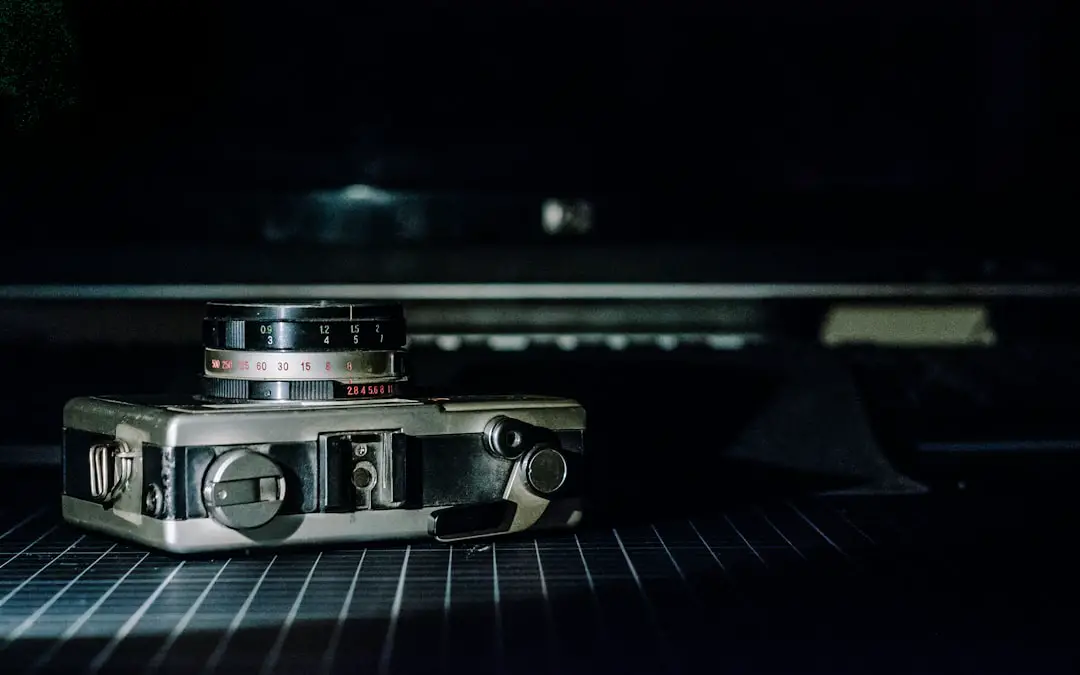
The oldest camera brands have not only shaped the history of photography but continue to influence its future. Whether you’re a professional or a hobbyist, understanding the legacy of these brands can enhance your photography journey. Remember to choose a camera that fits your needs and style, and don’t hesitate to explore the rich history behind these iconic brands!
Recommended Links
FAQ
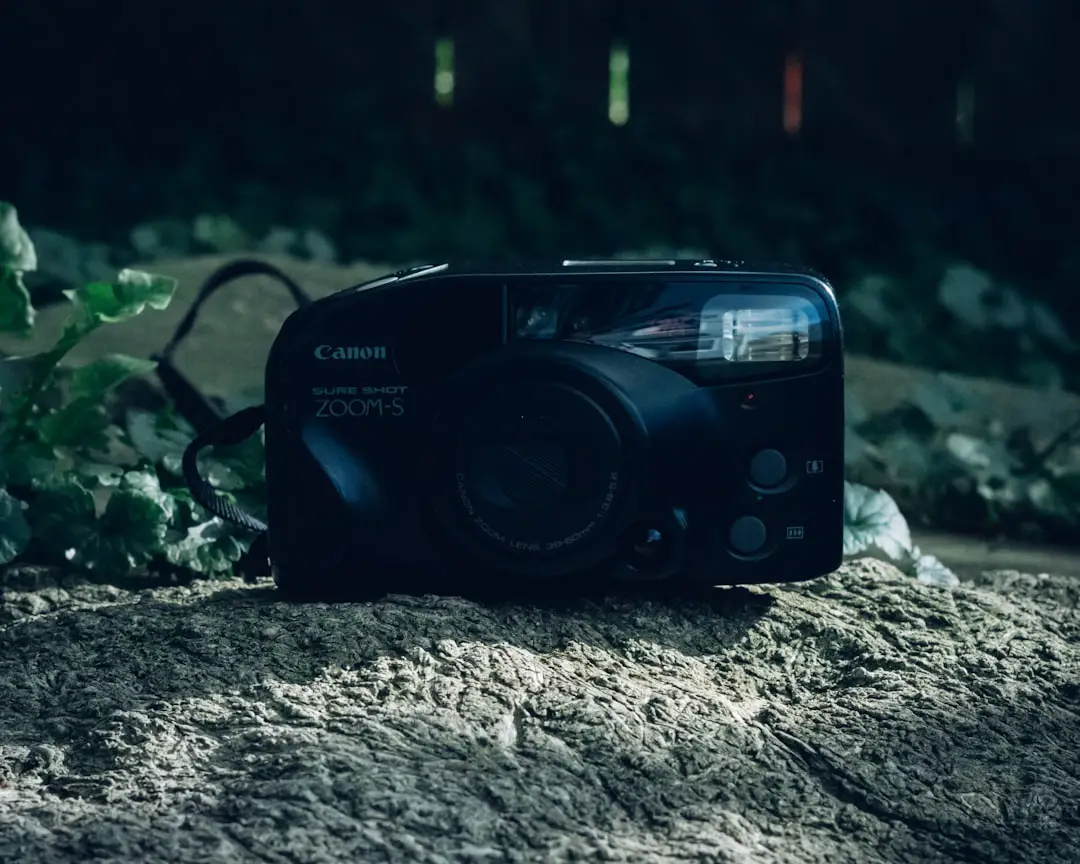
Q: What is the oldest camera brand?
A: Kodak is often considered the oldest camera brand, founded in 1888.
Q: Which camera brand is best for beginners?
A: Canon and Nikon are popular choices for beginners due to their user-friendly interfaces and extensive support.
Q: Are vintage cameras still worth buying?
A: Absolutely! Vintage cameras can offer unique features and aesthetics that modern cameras may lack.
Reference Links
- Oldest Camera Brands – Oldest.org
- History of the Camera – Wikipedia
- List of Digital Camera Brands – Wikipedia
Conclusion
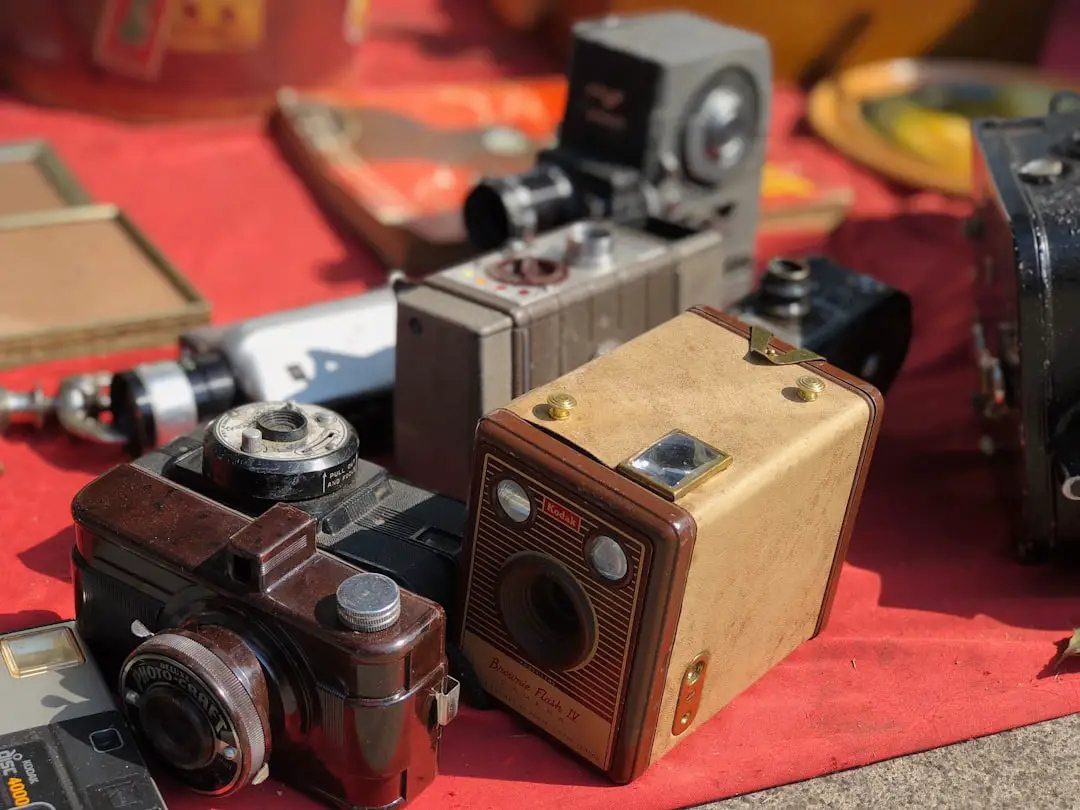
In summary, the oldest camera brands have left an indelible mark on the world of photography. From Kodak’s pioneering roll film to Leica’s luxurious craftsmanship, each brand has contributed uniquely to the evolution of capturing moments.
Positives and Negatives
-
Positives:
- Rich History: These brands have decades of experience and innovation behind them.
- Quality Craftsmanship: Many of these cameras are built to last and offer exceptional image quality.
- Wide Range of Options: From film to digital, there’s something for every photographer.
-
Negatives:
- Price Point: Many of these brands, especially luxury ones like Leica, can be quite expensive.
- Adaptation Challenges: Some brands struggled to transition to digital, which affected their market presence.
With this knowledge, we confidently recommend exploring cameras from these iconic brands. Whether you’re a beginner or a seasoned pro, investing in a camera from one of these manufacturers will not only enhance your photography but also connect you to the rich history of the art form. So grab your gear and start capturing those moments! 📸✨
Recommended Links
- 👉 Shop Kodak Cameras on: Amazon | Kodak Official Website
- 👉 Shop Canon Cameras on: Amazon | Canon Official Website
- 👉 Shop Nikon Cameras on: Amazon | Nikon Official Website
- 👉 Shop Leica Cameras on: Amazon | Leica Official Website
- 👉 Shop Fujifilm Cameras on: Amazon | Fujifilm Official Website
- Books on Photography: The Digital Photography Book | Understanding Exposure
FAQ
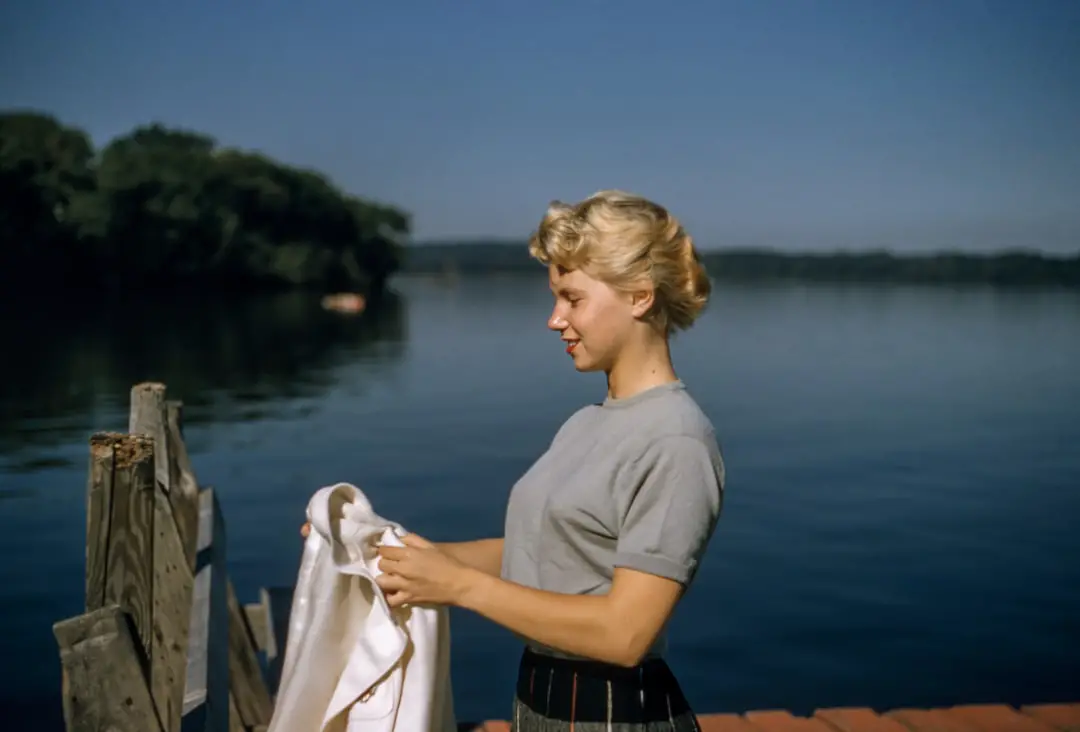
What are some of the oldest camera brands still in existence?
Kodak, Canon, Nikon, and Leica are among the oldest camera brands still in operation today. Kodak was founded in 1888, Canon in 1937, Nikon in 1917, and Leica in 1914. These brands have adapted over the years, continuing to innovate and produce quality cameras.
Which camera brand has the longest history of photographic innovation?
Kodak holds the title for the longest history of photographic innovation. They were the first to mass-produce cameras and film, making photography accessible to the general public. Their introduction of the Brownie camera in 1900 was revolutionary, allowing anyone to take photographs easily.
When were the first cameras invented, and by whom?
The first cameras, known as camera obscuras, date back to the 5th century BC, attributed to Ibn al-Haytham. The first practical photographic camera was developed in 1839 by Louis Daguerre, known as the daguerreotype camera.
How have the oldest camera brands adapted to digital photography?
Many of the oldest camera brands have embraced digital technology by transitioning their product lines. For example, Kodak shifted focus to digital imaging and printing, while Canon and Nikon have developed extensive ranges of digital SLR and mirrorless cameras. This adaptability has allowed them to remain relevant in a rapidly changing market.
Are vintage cameras from old brands still usable or collectible?
Yes, vintage cameras from brands like Leica and Kodak are highly collectible and can still be functional. Many photographers appreciate the unique characteristics of film cameras, and some models have become sought-after collectibles due to their historical significance and craftsmanship.
Read more about “Old Camera Brands List: 15 Timeless Classics You Must Know! 📸 …”
